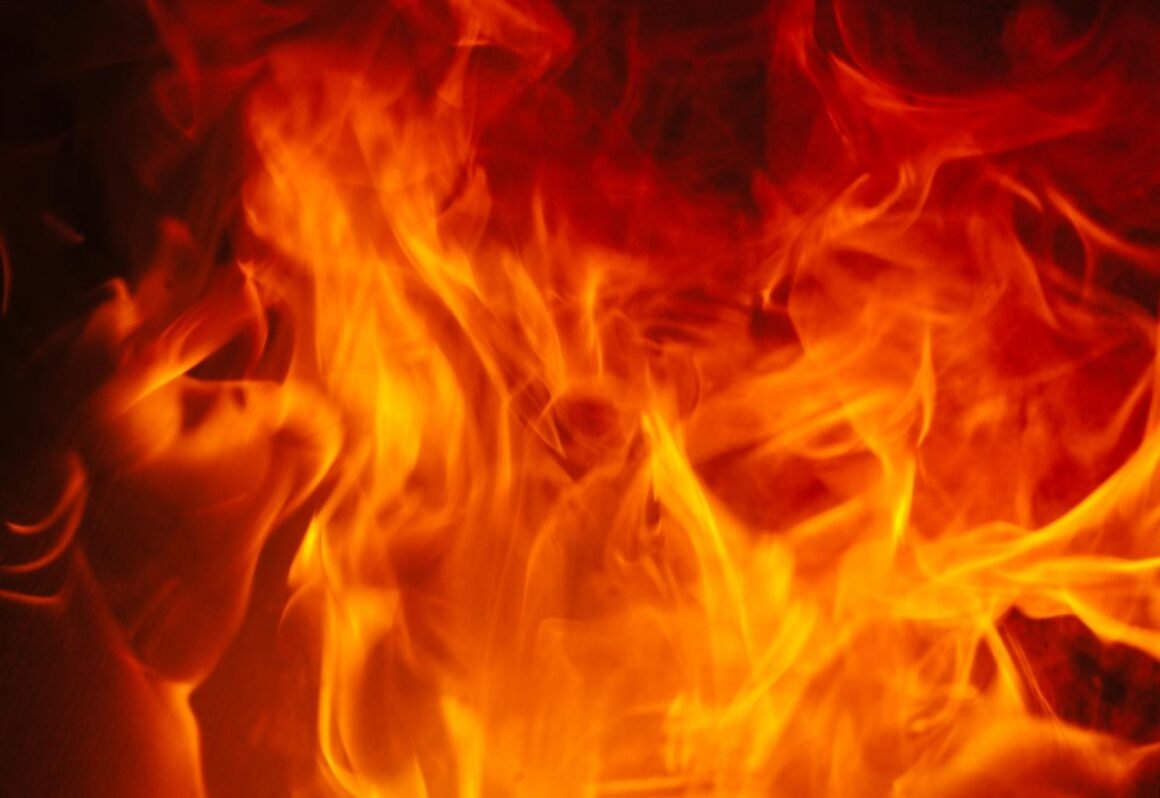Table of Contents Show
Everyone has been there. You’re minding your own business when all of a sudden you start to smell smoke. Maybe someone left the stove on too long. Or maybe something in your house got too hot and caught on fire.

One common aspect of fires is called flashover. Keep reading to learn the flashover definition, some common types, and how to prevent it.
Flashover Definition
Although there is some ambiguity, the most common definition of a flashover is when everything that can catch on fire in an area ignites at the same time. There are several types of flashover and methods to prevent them.
When organic materials get too hot, they can start to decompose in a process called pyrolysis. This thermal decomposition releases flammable gases. When the gases are confined to an enclosed area, they can get too hot, leading to ignition.
Flashovers can be very dangerous, especially for firefighters attempting to rescue people in a burning building.
In the context of electrical motors and generators, the term flashover is another name for an arc flash. Although some are controlled, unwanted arc flashes can cause damage to electrical systems.
Arc flashes are the light and heat given off when electricity discharges through the air to the ground. It typically consists of ionized plasma because of the enormous amount of energy it contains.
Types of Flashover
One of the most important factors when it comes to flashovers in the context of fires is the fuel to air ratio. Without enough fuel, it will not be able to ignite, but with too much fuel, and it will be oversaturated.
This means there is a range of fuel to air ratios at which flashovers can occur. Flashovers at the lower end of this range are lean flashovers while ones at the higher end are rich flashovers.
A delayed flashover occurs when the smoke from a fire ignites. A hot rich flashover occurs when the fuel to air ratio is initially too high to combust but moves to an area with more air.
This causes the ratio to suddenly decrease into the combustible range and results in an instantaneous explosion.
Flashover Prevention
There are several ways to prevent flashover in both the context of fires and electrical systems. In fires, firefighters are trained in ways to prevent unwanted explosions including flashovers.
There are ways of opening doors that prevent sudden changes in fuel to air ratios. These can be very helpful for firefighters trying to navigate the halls and rooms of a burning building.
In the context of electrical systems, the best way to prevent unwanted flashovers is to make sure each component is properly insulated. Insulators hinder the flow of electrons in a material, so there can’t be any flow of electricity through the air.
For more information about insulator paintings and coating on electrical components, visit https://www.utilityservice.net/.
Next Steps
Flashover occurs when all of the combustible material in an area ignites at once. It has several types and methods of prevention.
Now that you know the flashover definition and how to prevent it, feel free to do some more research on your own and decide if flashover prevention measures are right for you.
If you enjoyed this article, please share or check out some of our other great content from design ideas to home improvement and gardening!










